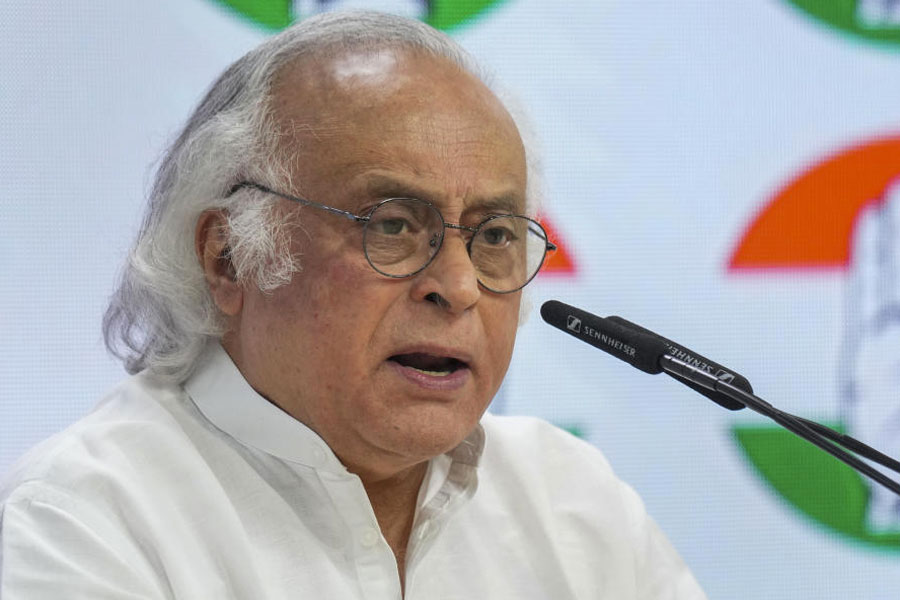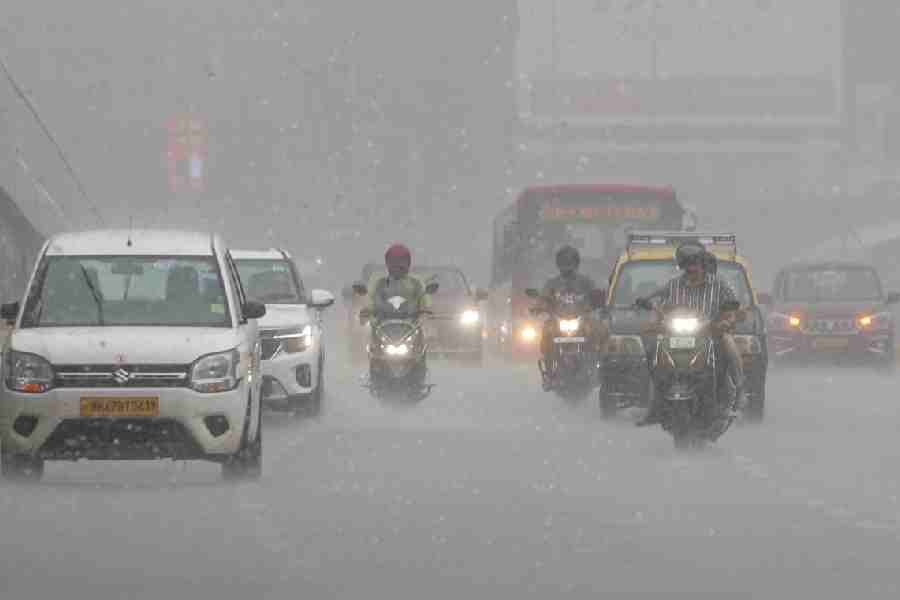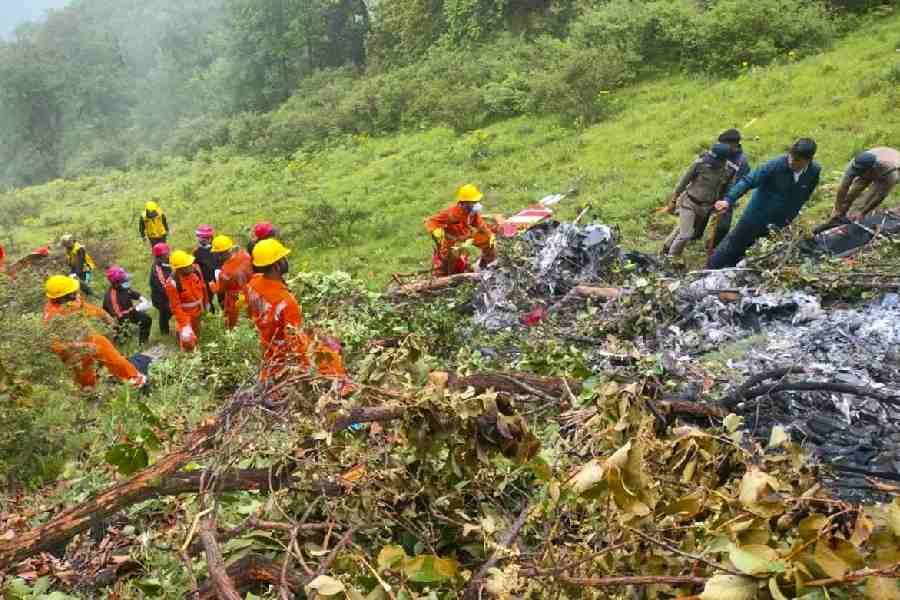Ranchi, March 20: Pune made its Test debut with the ongoing Border-Gavaskar Trophy on a dodgy pitch. Veteran Bangalore's wicket was dubbed below average. But Ranchi, another debutant this year, has scored a century.
So what if the third Test ended in a draw. Jharkhand State Cricket Association (JSCA) is on cloud nine. The Ranchi wicket has impressed players and coaches alike, not to forget star spectators like former India captain Mahendra Singh Dhoni who watched the proceedings today from a special box in the north pavilion and even patted a senior JSCA functionary on the back, saying, "Dada, well done".
"For us, it was like hitting a century on debut," beamed JSCA secretary Debasish Chakraborty. He is right as the state cricket outfit had been anxious about how the Ranchi pitch would play out after the first two Test matches of the series earned flak for poor playing conditions from the International Cricket Council (ICC).
"Despite controversies (elsewhere) and speculations (about the Dhurwa stadium), we kept focus. Results are for the world to see. Ranchi has established itself as a Test venue of quality. Former players like Ravi Shastri and experts have praised our wicket," he gushed.
Pitch curator S.B. Singh, however, prefers to remain an unsung hero.
"Didn't I tell you last time that this Test will go on for five days (unlike the last two, which had to be ended early)," he said over phone. "As we had hoped, seamers took wickets on Day One. The second and third day was good to bat while the ball started turning (spinning) from Day Four and there was also some assistance for seamers. Even during the fag end of the game today, the ball was bouncing."
What was the key to this perfect Test pitch? "We went with the basics: regulated water and ensured optimal use of rollers and compactors on the wicket. Over-compacting had affected the wicket at the other Test venues," Singh said.
The T20 season is round the corner. Although Ranchi is yet to get an IPL match, JSCA sources said they were expecting at least two this time. How does pitch-making differ in case of T20, ODI and Test?

"See, clay (soil) is common for all; but timeliness, use of water and rollers - all part of integrated pitch management - vary. For instance, a Test wicket preparation needs 10-15 days; for ODI it is 3-4 days; and for T20, two days flat," the curator said.
Most importantly, Singh stressed, the objective must be clear (see box). If JSCA was on the ball, it was because of
months of research based on pitch behaviour analysis with the help of experts from IIT-Mumbai and Indian Agricultural Research Institute.
"We are currently working on pitch forecasting technique. If all goes well, in two years from now, we may be able to predict the wicket like the weather," Singh said.
Contrary to poor sale of tickets elsewhere, the JSCA is also happy that the stadium witnessed decent turnout every day. On Sunday, the crowd count crossed 24,000 while on the remaining days, the average was 10,000, courtesy free passes that the cricket outfit distributed among students.
"It was a strategic decision taken by us to tap schools, colleges and sports clubs. Many also bought tickets. In short, we won our test," a JSCA official quipped.











